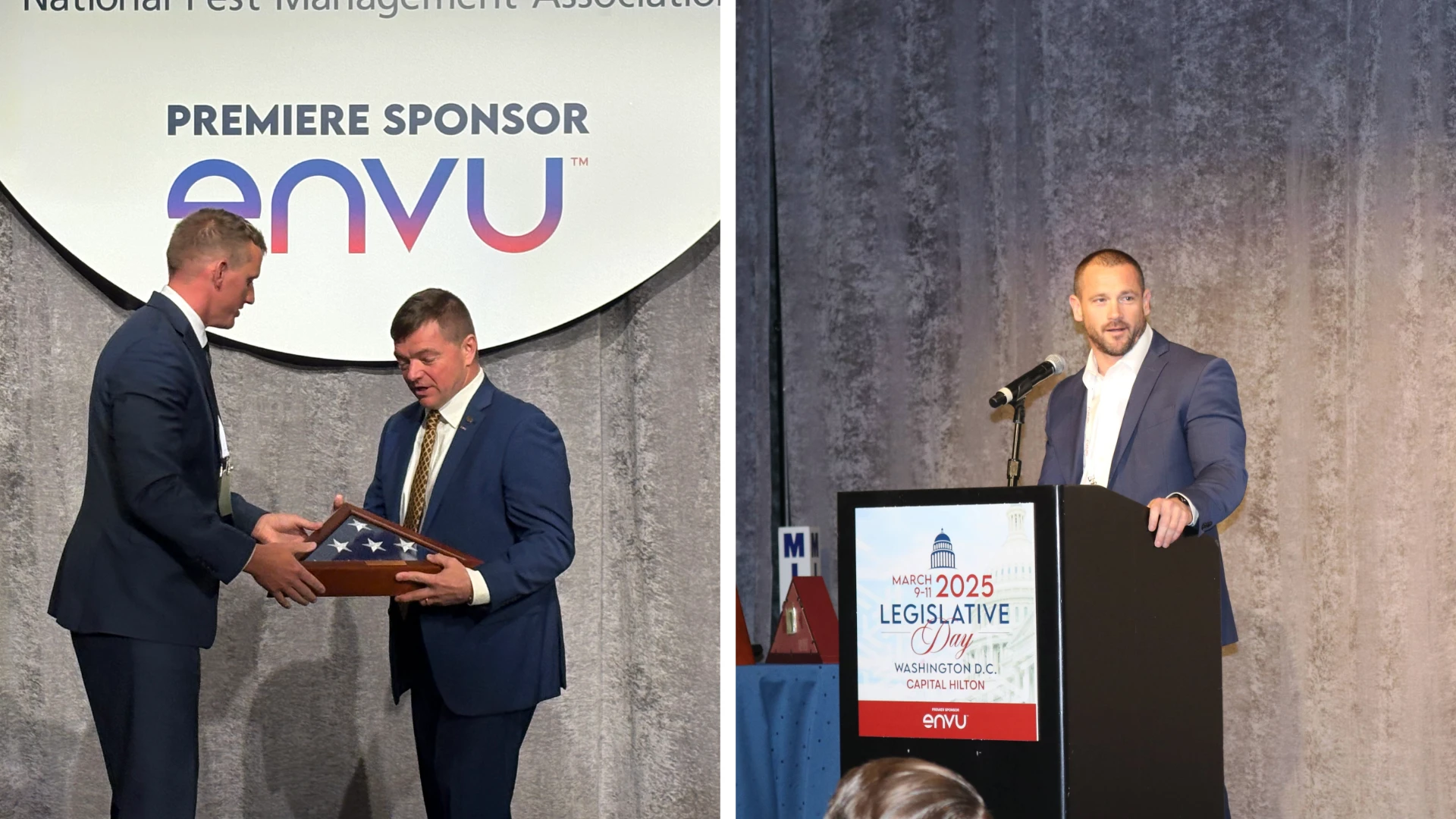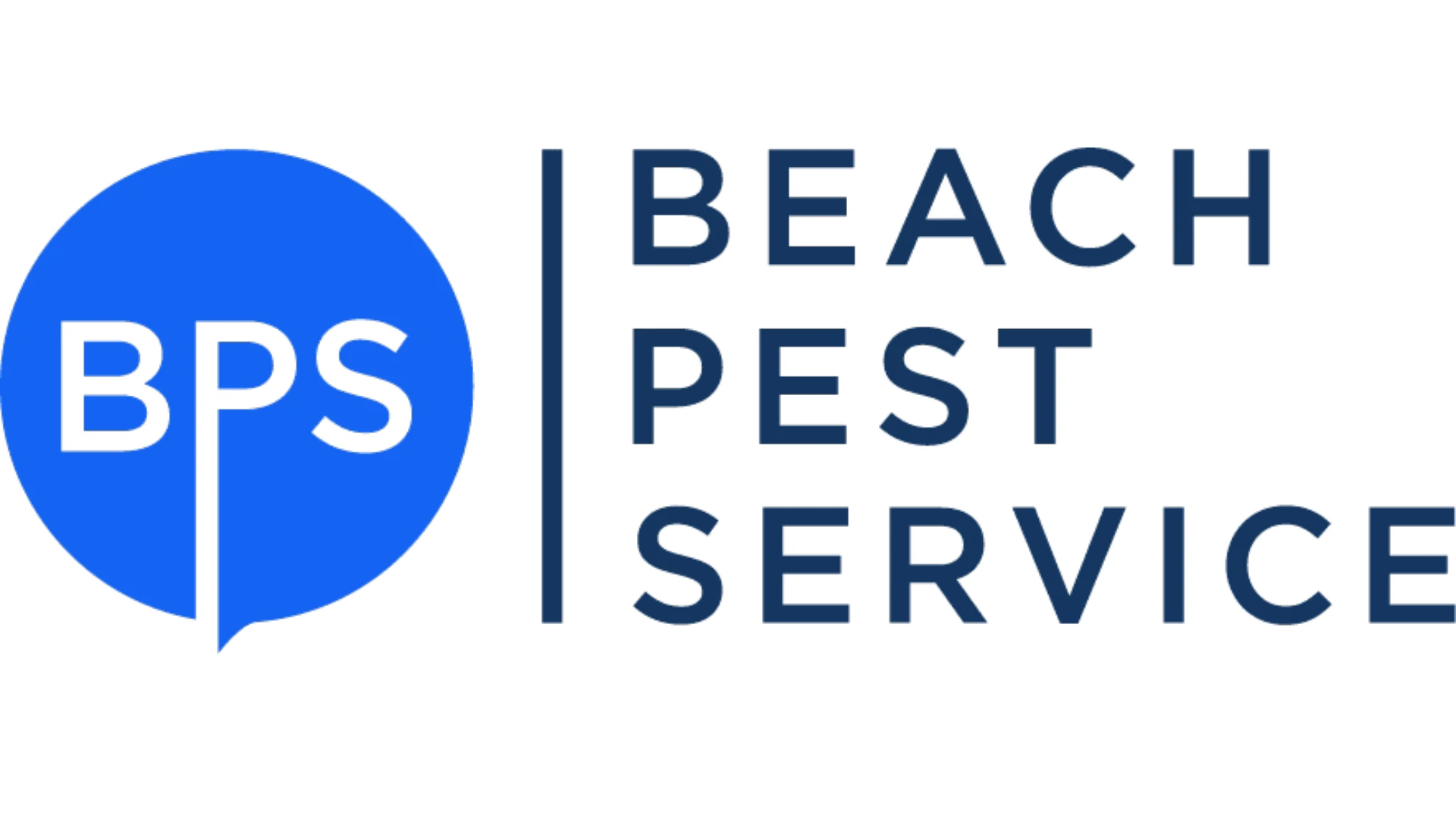
JACKSONVILLE, Fla. – The United States structural pest control industry is comprised of nearly 20,000 pest control firms. The professional pest control industry generated an estimated $8.971 billion in total service revenue in 2018, a 4.4 percent increase from the $8.597 billion measured in 2017, according to the latest report A Strategic Analysis of the U.S. Structural Pest Control Industry from Specialty Consultants. More than 80 percent of the residential pest control revenue came from services provided under annual contracts, with the remainder generated from one-time clean-out treatments.
Total revenue earned from controlling termites this past year equaled the level of revenue earned in 2005. “It’s taken the industry 13 years to reach the $1.76 billion measured at the height of the housing boom in 2005,” said Rich Kalik, Partner. “While the housing market is nowhere near as robust as it was in 2005, preventative post-construction treatments have expanded considerably in the last several years. This past year, respondents reported that nearly 36 percent of their post-construction termite jobs were conducted on structures where no termites were present. We’re forecasting that more than one million post-construction termite treatments will be made in 2019,” added Kalik.
“Reinforcing earlier indications, the amount of service revenue generated from controlling bed bugs declined for the first time in five years,” said Kalik. “And service revenue from controlling rats and mice plateaued following five years of robust growth.”
Pest control operators were queried about their awareness of Electronic Rodent Monitoring (ERM) technology. More than half of the respondents said they had “heard of it, but didn’t know much about it.” While nearly one of ten respondents expected to adopt the technology in less than a year, a similar number said they thought it would be more than five years before their company adopted the technology. Kalik said, “clearly, some education needs to occur about ERM technology as nearly half of the respondents in our survey indicated they don’t foresee ever using this technology.”
For the fourth year in a row, nearly one-quarter (24.3%) of the respondents reported “finding or keeping good employees” as the greatest challenge to their pest control business. The second greatest challenge was “weather” (13.0%), closely followed by “gaining new customers” (12.3%). Despite the challenges, a majority of the respondents have a positive outlook for their business in 2019, with more than six of ten (63.6%) expecting their residential business to increase. Expectations for growth in the commercial segment were somewhat muted, with less than half (46.7%) of the respondents expecting their commercial business to grow, down from 58.9% who had positive expectations for growth in 2017. More than half (53.0%) of the respondents expect their termite business to increase this year.
Pest control operators were queried as to their concerns regarding public policy. More than two-fifths said they were most concerned with public policy at the state level, as opposed to local or Federal policy. Of those that expressed public policy concerns, more than half mentioned “pesticide bans/restrictions” as the most important policy issue affecting their business, closely followed by “too much regulation on pesticide applicators.”
The 2018 season market report is the 19th edition of A Strategic Analysis of the U.S. Structural Pest Control Industry. A total of 800 owners or managers of pest control companies were surveyed for this study. The market report forecasts pest control service and pesticide product category sales through 2023.
Latest from Pest Control Technology
- Understanding Rodents and Bird Flu
- Green Pest Solutions Awards Safest Driver New 2025 Ford F150
- UF/IFAS Sheds Light on Tiny Invaders During Termite Awareness Week
- Registration Open for Lawn & Landscape Technology Conference
- Fleetio Launches Automotive Service Excellence Scholarship
- WorkWave Appoints John Phelan as CTO
- PMPs Use Capitol Hill Visits to Push for Preemption
- 20 Trapping Tips





